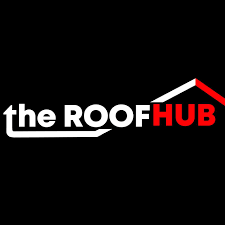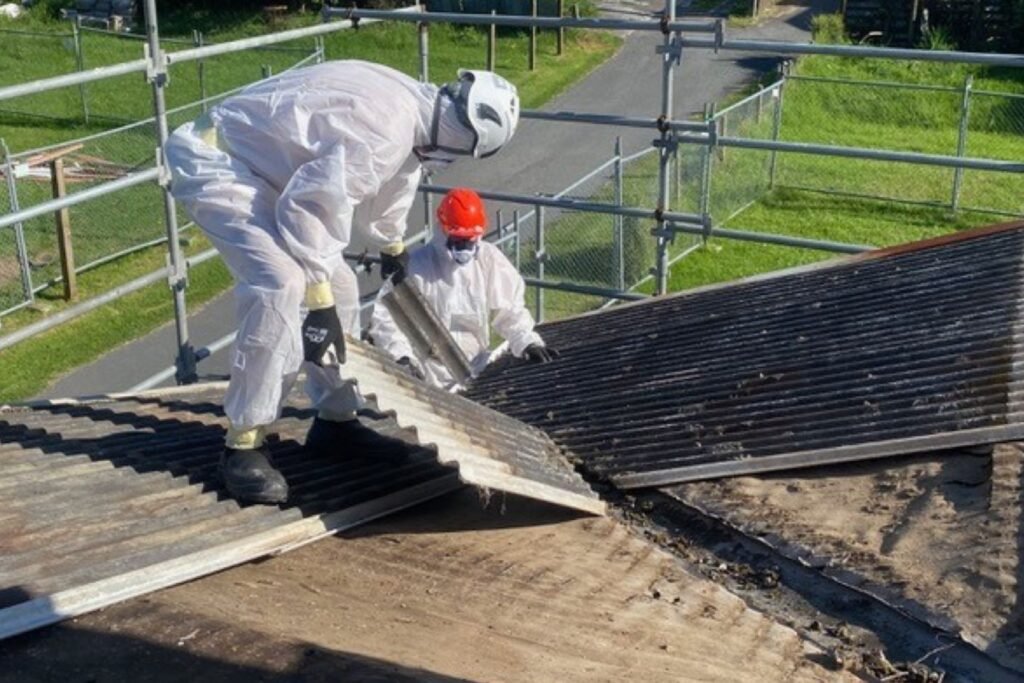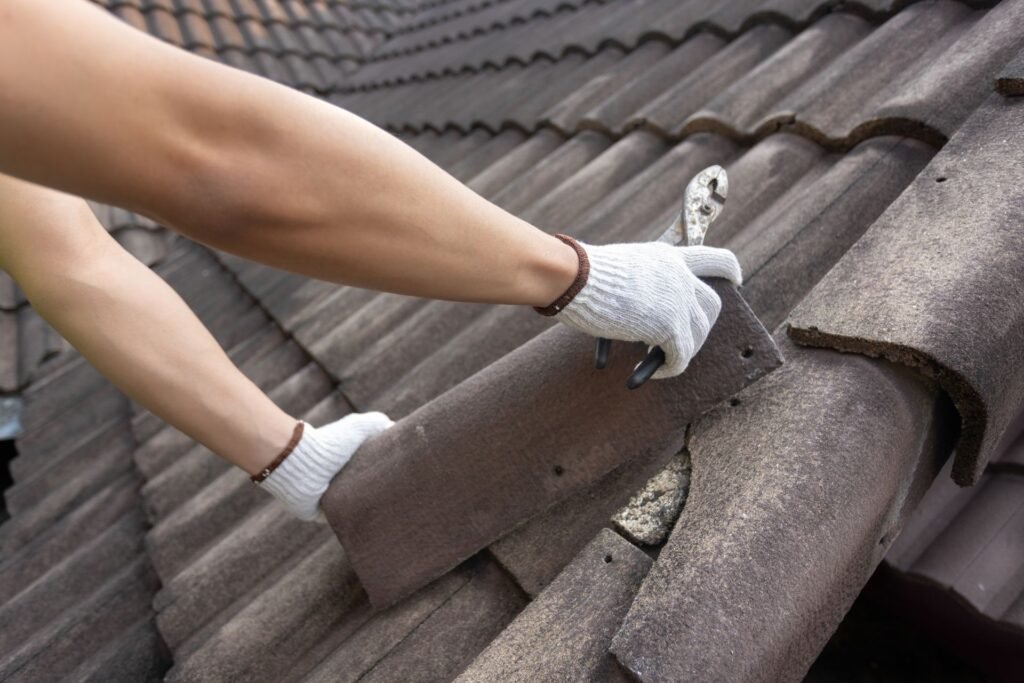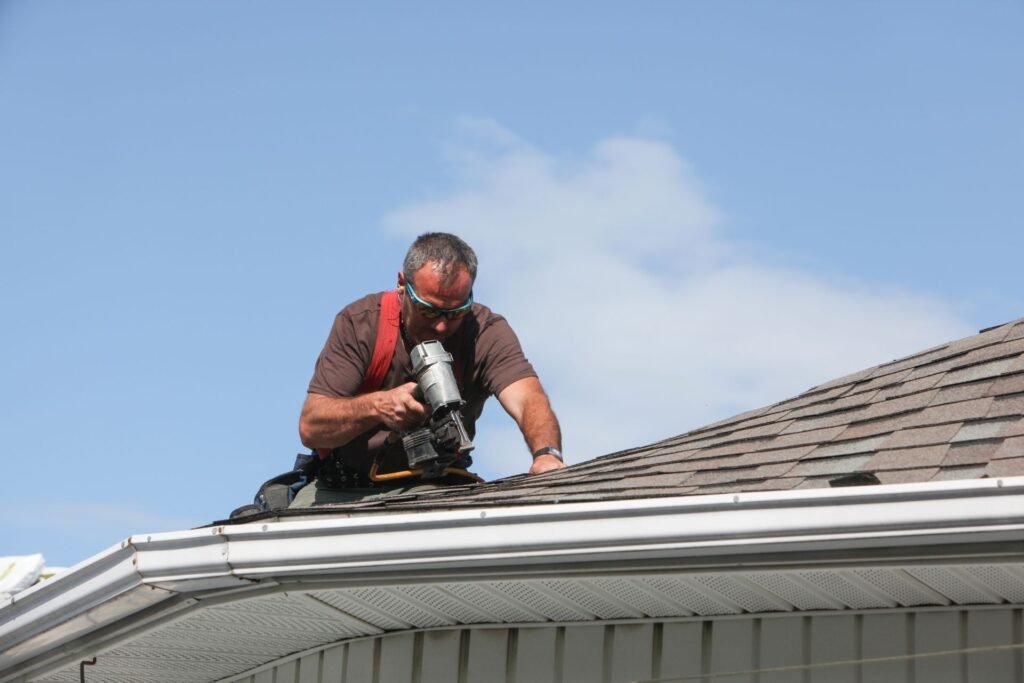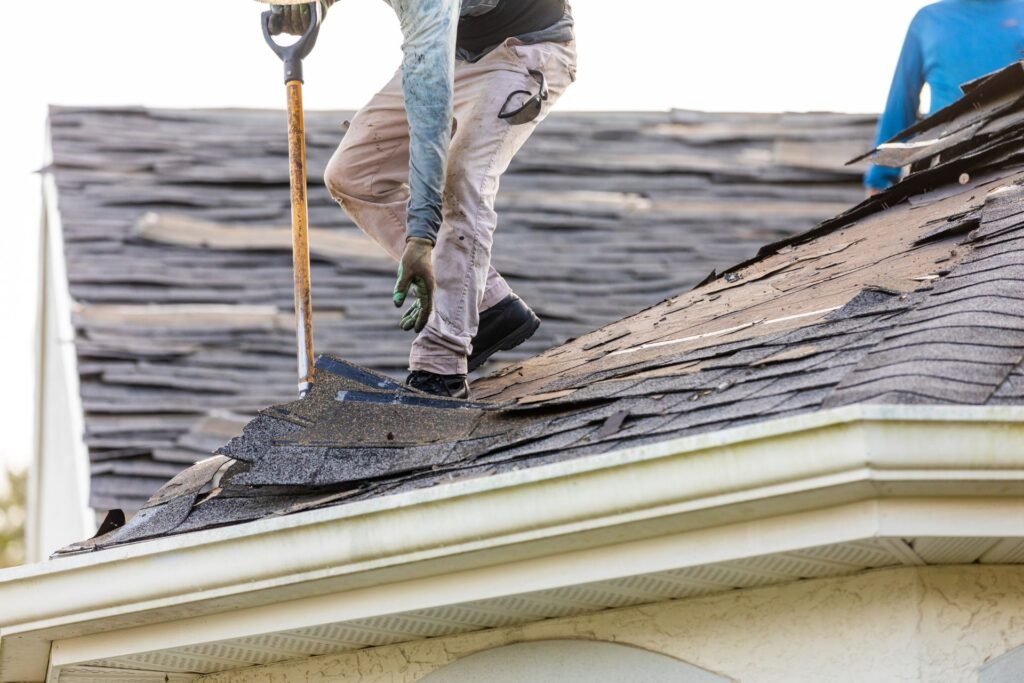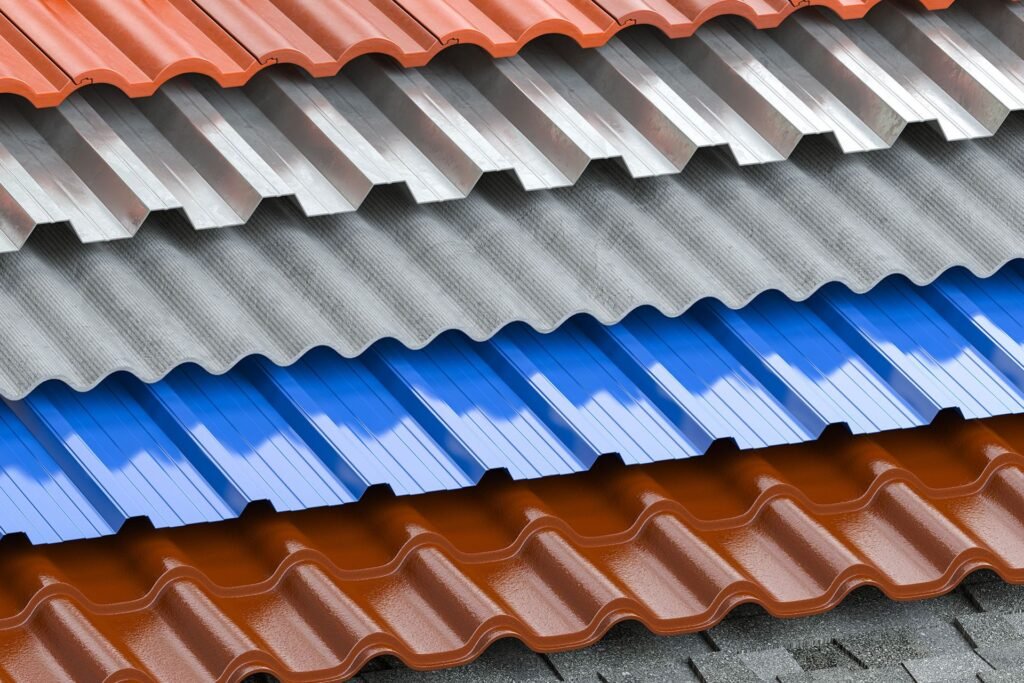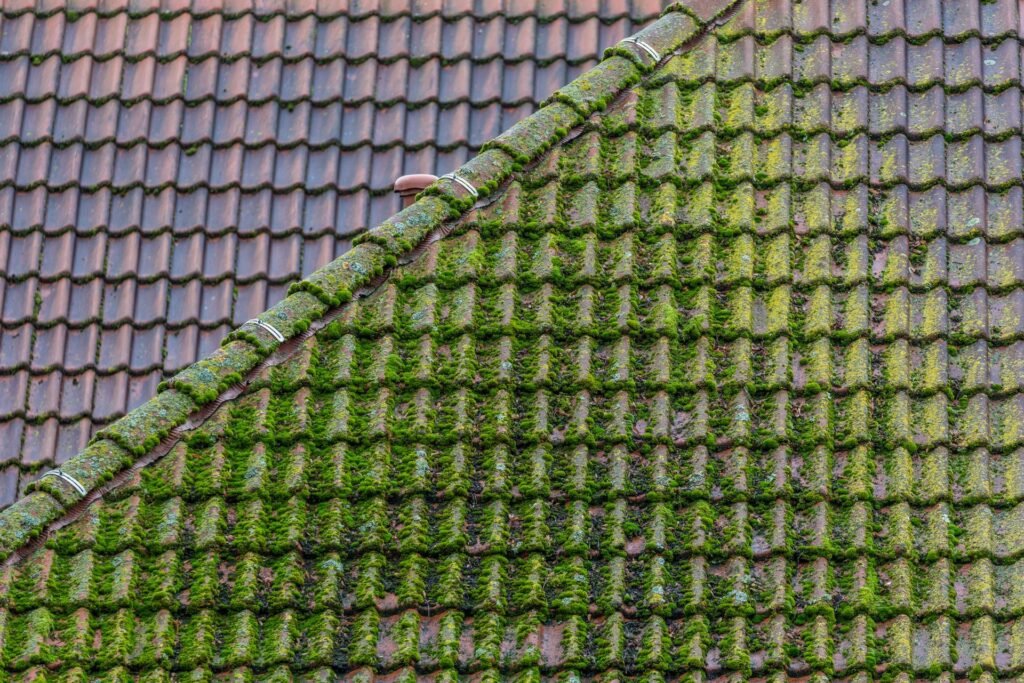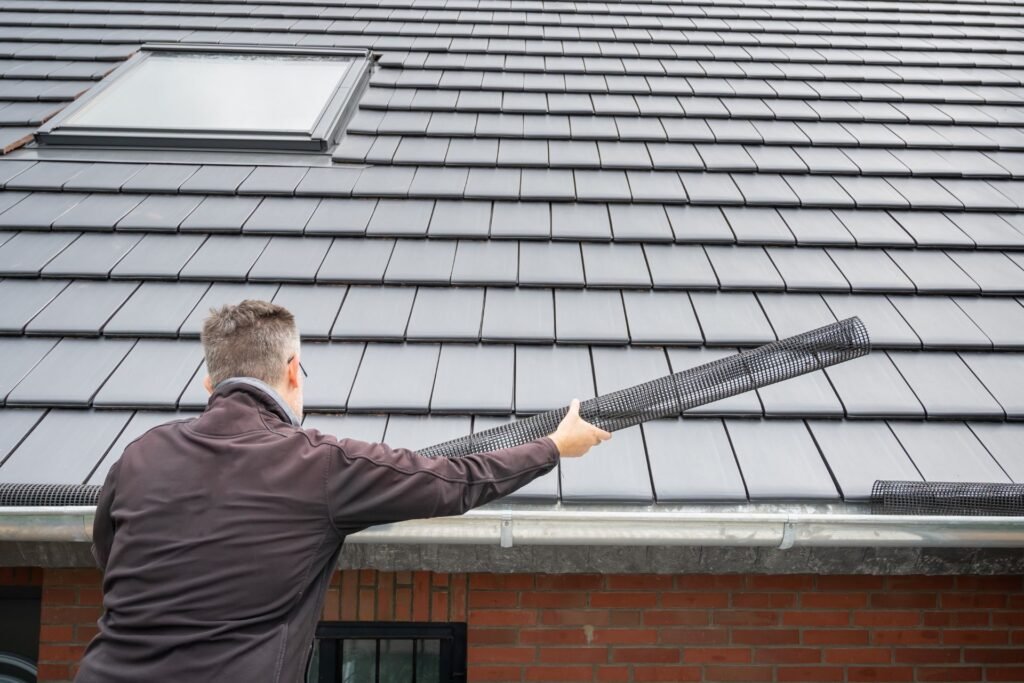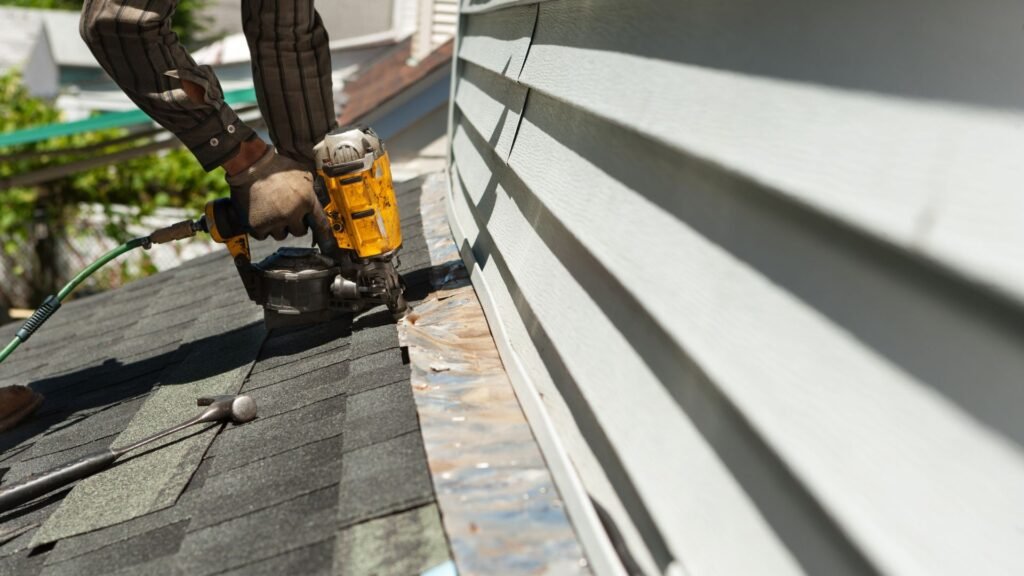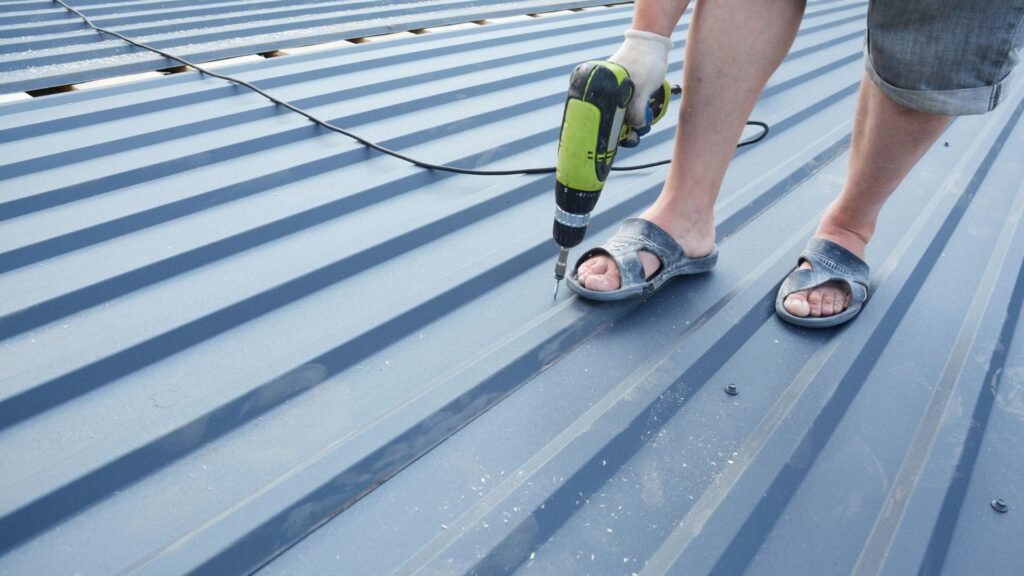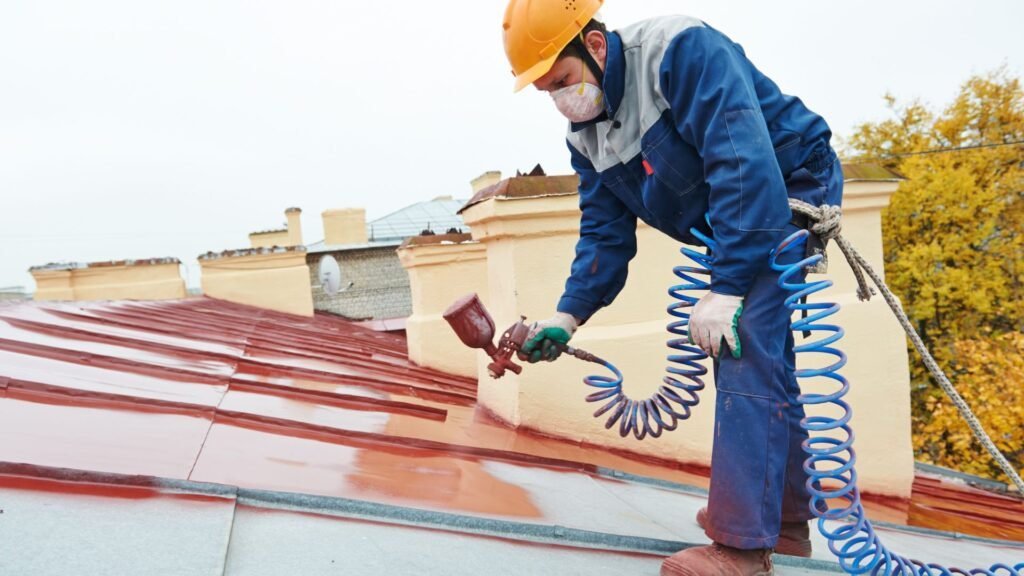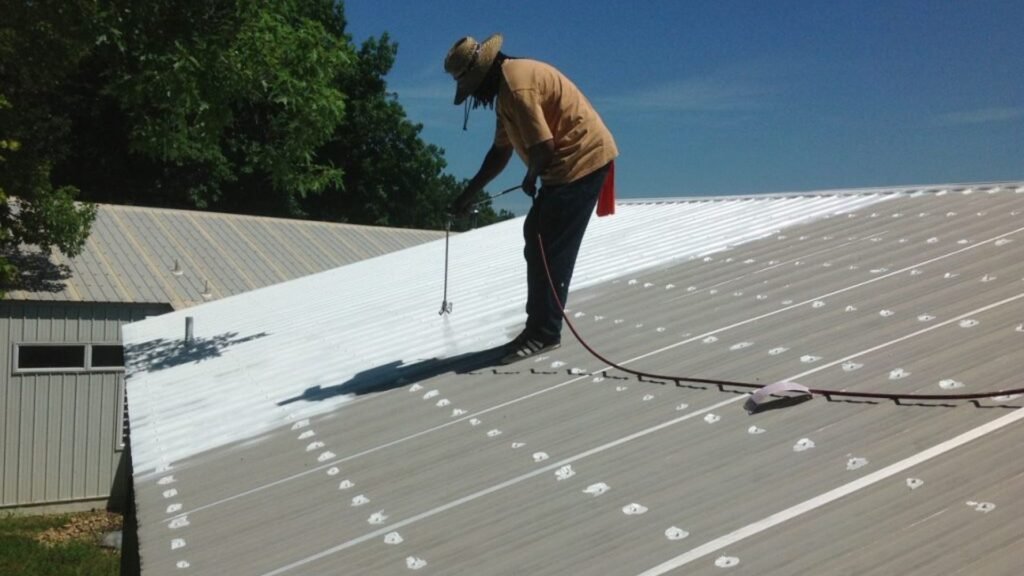Welcome to our comprehensive guide on understanding the cost of asbestos roof removal per square meter in New Zealand. Asbestos, once a common roofing material, is now known for its significant health risks, making its safe removal a top priority for homeowners. Whether you’re considering a renovation or simply looking to ensure the safety of your family, knowing the costs involved in asbestos removal is crucial. In this blog, we’ll break down everything you need to know about the factors that influence these costs, the process of removal, and tips for finding the right professionals to handle this sensitive task, all while ensuring compliance with New Zealand’s stringent regulations.
On average, the cost of asbestos roof removal in New Zealand ranges from $40 to $60 per square meter. This price typically includes the removal process, disposal of hazardous materials, and necessary safety precautions. However, costs can vary depending on factors such as the size and condition of the roof, accessibility, and regional differences.
Table of Contents
What Is Asbestos And Why Is It Dangerous?
Definition
Asbestos is a naturally occurring mineral composed of thin, fibrous crystals. Known for its durability, fire resistance, and insulating properties, asbestos was widely used in a variety of building materials throughout the 20th century, including roofing. Historically, asbestos was praised for its effectiveness in enhancing the longevity of roofs and its ability to withstand harsh weather conditions, making it a popular choice in New Zealand’s construction industry. However, despite these beneficial characteristics, the hidden dangers of asbestos have led to its ban in many countries, including New Zealand.
Health Risks
The dangers of asbestos come to light when the material becomes damaged or disturbed. When asbestos-containing materials break down, they release microscopic fibers into the air. These fibers can be easily inhaled and become lodged in the lungs, leading to serious, often fatal health conditions. Among the most significant health risks are:
- Asbestosis: A chronic lung disease caused by inhaling asbestos fibers, leading to scarring of lung tissue, shortness of breath, and a persistent cough.
- Lung Cancer: Prolonged exposure to asbestos increases the risk of developing lung cancer. This risk is significantly higher among smokers who have been exposed to asbestos.
- Mesothelioma: A rare but aggressive cancer that affects the lining of the lungs, chest cavity, or abdomen. Mesothelioma is almost exclusively linked to asbestos exposure and often manifests decades after initial contact.
The latency period for asbestos-related diseases is typically long, meaning symptoms may not appear until many years after exposure. This delayed onset adds to the insidious nature of asbestos, as many individuals may be unaware of their exposure until it is too late.
Legal Implications
New Zealand has taken significant steps to address the risks posed by asbestos through stringent regulations and guidelines. The use of asbestos in new construction has been banned since the 1980s, and comprehensive legislation now governs the management of asbestos in existing buildings.
- Health and Safety at Work (Asbestos) Regulations 2016: These regulations outline the responsibilities of property owners, employers, and contractors in managing asbestos in the workplace. They require identification and risk assessment of asbestos-containing materials, proper removal, and safe disposal methods.
- Building Act 2004: This act includes provisions for the handling of asbestos in residential buildings. Property owners are obligated to disclose the presence of asbestos to potential buyers and must ensure that any asbestos removal work is conducted by a licensed professional.
Failure to comply with these regulations can result in significant penalties, including fines and legal action. For homeowners and businesses in New Zealand, understanding and adhering to these legal requirements is crucial for ensuring the safety of occupants and avoiding potential liabilities.
By recognizing the historical use of asbestos, understanding the severe health risks it poses, and being aware of the legal obligations surrounding its management, individuals and businesses can take the necessary steps to protect themselves and their communities from the dangers of asbestos.
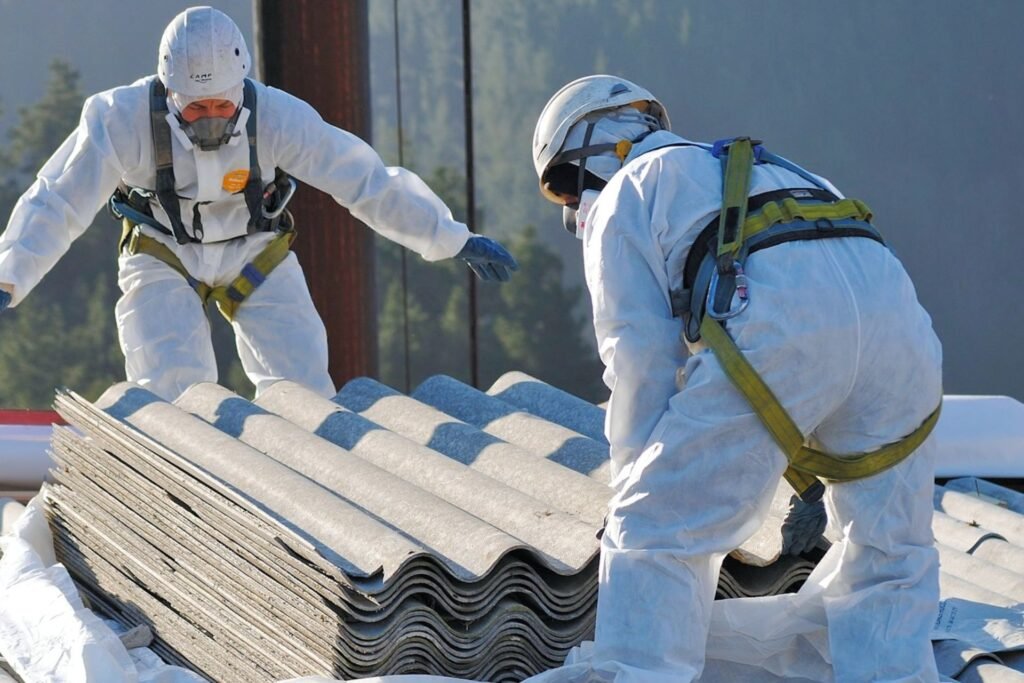
Why You Might Need Asbestos Roof Removal
Signs of Deterioration
Asbestos roofs, like any other material, are subject to wear and tear over time. However, the unique nature of asbestos makes recognizing signs of deterioration particularly crucial. Common indicators that your asbestos roof may require removal include visible aging, such as cracks, crumbling, or delamination of the roofing sheets. These signs often occur due to prolonged exposure to the elements, where rain, wind, and temperature fluctuations gradually weaken the material. Another red flag is the presence of moss or algae growth, which can trap moisture and accelerate the deterioration process. If you notice fragments of asbestos material on the ground or around your property, this could signal that the roof is breaking down and releasing potentially harmful fibers into the environment. Ignoring these signs can lead to more significant problems, as damaged asbestos becomes more likely to release fibers that pose a serious health risk.
Health and Safety Concerns
The health implications of asbestos exposure are well-documented, and they are a primary reason why asbestos roof removal is often necessary. Asbestos fibers, when inhaled, can lead to severe respiratory conditions, including asbestosis, lung cancer, and mesothelioma. These diseases can take years to develop, making early identification and removal of asbestos-containing materials critical. If your asbestos roof shows signs of damage or deterioration, it may be releasing these microscopic fibers into the air. This not only endangers those living in the home but also poses a risk to neighbors and anyone who may come into contact with the area. The importance of removing asbestos roofing cannot be overstated when it comes to ensuring the health and safety of your household. By addressing the issue promptly, you can prevent unnecessary exposure and protect your loved ones from the long-term health consequences associated with asbestos.
Legal Requirements
In New Zealand, asbestos roof removal is not just a matter of safety; it is also a legal obligation in certain circumstances. For instance, if you are planning to renovate your home or sell your property, you may be required to remove any asbestos materials, including roofing. The New Zealand government has strict regulations regarding the handling and disposal of asbestos, particularly during building alterations or demolitions. Failure to comply with these regulations can result in significant fines and legal repercussions. Additionally, if your asbestos roof is found to be in poor condition, local authorities may mandate its removal to prevent potential health hazards. It is essential to stay informed about these legal requirements and to engage with qualified professionals who are licensed to handle asbestos removal. This not only ensures compliance with the law but also guarantees that the removal process is conducted safely and effectively, minimizing the risk of asbestos exposure.
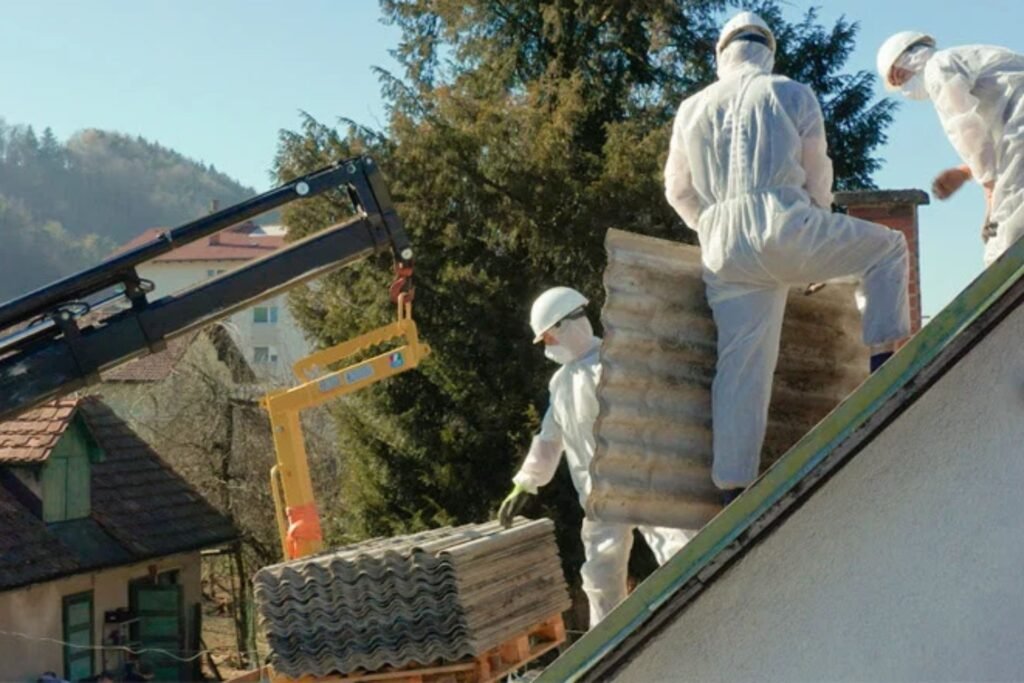
Factors Affecting Asbestos Roof Removal Cost Per Square Meter
When considering the cost of asbestos roof removal, several critical factors come into play that can significantly influence the price per square meter. Understanding these factors is essential not only for budget planning but also for ensuring a safe and compliant removal process. Here’s a detailed breakdown of the key aspects that affect asbestos roof removal costs:
Roof Size and Complexity
The size and complexity of your roof are perhaps the most significant factors influencing the cost of asbestos removal. Larger roofs naturally require more labor, materials, and time to safely remove asbestos, leading to higher costs. However, it’s not just about size; the complexity of the roof design also plays a crucial role. Roofs with intricate designs, multiple angles, and varying elevations demand more meticulous work, often necessitating specialized equipment and skilled labor. These complexities can increase the time required to complete the job, thereby driving up the overall cost.
Condition of the Roof
The current condition of the asbestos-containing roof is another major factor that impacts removal costs. If the roof is in poor condition, with extensive damage or deterioration, the removal process becomes more challenging and risky. Damaged asbestos materials are more likely to release hazardous fibers into the air during removal, requiring additional safety measures such as enhanced containment and protective gear. This not only adds to labor costs but also to the expenses related to ensuring the safety of workers and surrounding areas. On the other hand, if the roof is largely intact, the removal process is more straightforward, which can help keep costs down.
Accessibility
How accessible your roof is can significantly influence the labor costs associated with asbestos removal. Easy access to the roof—such as in single-story buildings with flat roofs—makes the job simpler and faster, thereby reducing labor costs. Conversely, if the roof is on a multi-story building, has a steep pitch, or is located in a hard-to-reach area, the job becomes more complex. Workers may need specialized equipment like scaffolding, ladders, or even cranes, and the increased risk involved often means higher labor costs. Additionally, challenging access can prolong the time required for the removal, further increasing the overall expense.
Disposal Fees
One of the often-overlooked costs associated with asbestos roof removal is the disposal fee. Asbestos is a hazardous material, and its disposal is strictly regulated to prevent environmental contamination. The cost of safely disposing of asbestos materials includes not just the removal from your property, but also the transportation to a specialized disposal facility. These facilities are equipped to handle and contain asbestos safely, but they charge a premium for their services. The distance to the nearest disposal facility can also affect the overall cost, as longer transport distances will incur higher fees.
Location
Finally, location plays a significant role in determining the cost of asbestos roof removal per square meter. Within New Zealand, regional cost variations are influenced by several factors, including local labor rates, availability of qualified removal specialists, and proximity to disposal facilities. For instance, in more remote areas, the scarcity of specialists and the greater distances to disposal sites can drive up costs. Conversely, in urban areas with more competition among contractors and closer access to disposal facilities, you might find more competitive pricing. Additionally, local regulations and council fees can vary, further influencing the total cost.
In summary, the cost of asbestos roof removal is not a one-size-fits-all figure. It’s shaped by a combination of factors, including the size and complexity of the roof, its condition, accessibility, disposal requirements, and regional location within New Zealand. By understanding these factors, homeowners can better anticipate the costs involved and make informed decisions when planning for asbestos roof removal.

Average Cost Of Asbestos Roof Removal Per Square Meter In NZ
Typical Price Range
The cost of asbestos roof removal in New Zealand can vary widely depending on several factors, but generally, you can expect to pay between $50 to $120 per square meter. This range reflects recent industry data and accounts for the differences in project scale, location, and the complexity of the removal process. Urban areas might see slightly higher rates due to the increased cost of living and higher demand for services, while more rural areas might offer more competitive pricing.
Breakdown of Costs
When considering the cost of asbestos roof removal, it’s important to understand what is typically included in the price. Here’s a breakdown:
- Labor Costs: A significant portion of the cost goes to skilled labor. Asbestos removal is a highly specialized job that requires trained professionals who can safely handle and dispose of the material. This part of the cost covers the time and expertise required to carefully remove the asbestos without causing harm or contamination.
- Materials and Equipment: The price also includes the cost of protective gear, safety equipment, and any specialized tools needed for the removal process. This might involve sealed suits, respirators, and HEPA vacuums, all of which are essential to ensuring the safety of both the workers and the property owners.
- Disposal Fees: Proper disposal of asbestos is critical and tightly regulated. The cost includes the transportation of the hazardous material to a designated disposal site, as well as the fees for safely disposing of the asbestos in compliance with local regulations.
- Safety Measures: Safety is paramount in asbestos removal projects. The cost covers the setup of containment areas, air quality monitoring, and post-removal inspections to ensure that all asbestos has been safely and completely removed.
Comparing Quotes
When gathering quotes from different contractors, it’s essential to look beyond just the bottom line. Here are some tips to ensure you’re getting a fair deal:
- Itemized Quotes: Ask for an itemized quote that breaks down the costs for labor, materials, disposal, and any additional services. This transparency allows you to compare quotes more accurately and understand where your money is going.
- Experience and Qualifications: Ensure the contractors you’re considering are properly licensed and have experience with asbestos removal. An experienced contractor might charge more, but their expertise could save you from potential issues down the line.
- Reviews and References: Don’t hesitate to ask for references or read reviews from previous clients. This can give you insight into the contractor’s reliability, quality of work, and adherence to safety standards.
- Compliance with Regulations: Make sure the contractor is fully compliant with New Zealand’s asbestos regulations. Non-compliance can lead to hefty fines and, more importantly, significant health risks.
By taking the time to compare quotes carefully and considering all these factors, you can ensure that you’re not only getting a fair price but also the best possible service for your asbestos roof removal project.
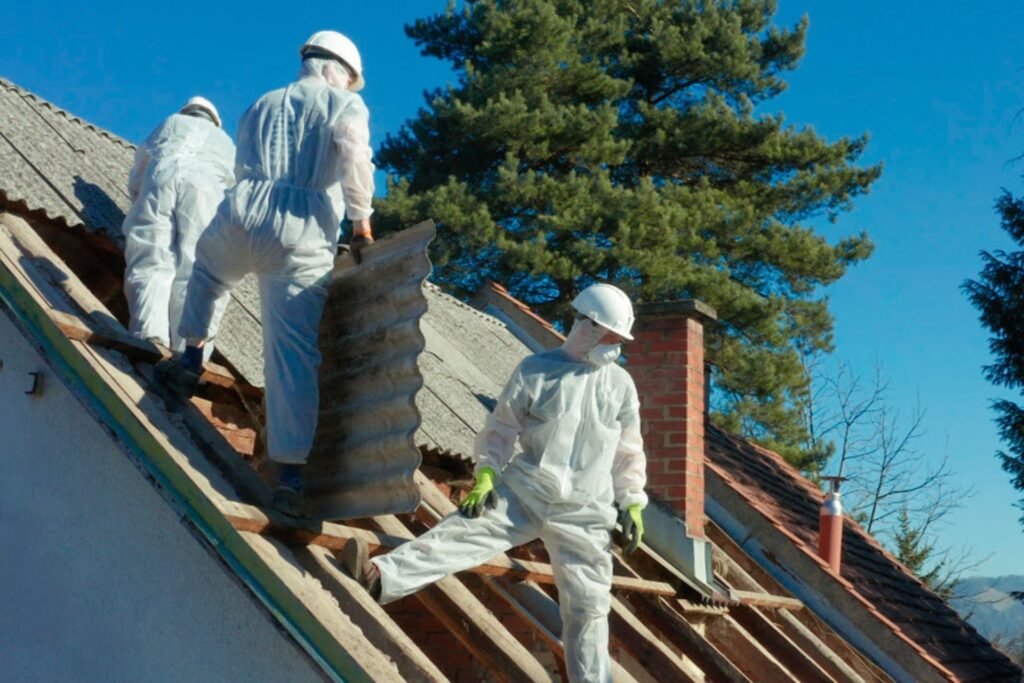
The Process Of Asbestos Roof Removal
Initial Assessment
Before diving into the removal process, it is crucial to begin with a professional assessment. This step is not just a formality but a critical phase that sets the foundation for safe and effective asbestos removal. An initial assessment conducted by a licensed asbestos professional will determine the extent of asbestos contamination on your roof. This evaluation includes identifying the type of asbestos present, the condition of the material, and the potential risks associated with its removal. The information gathered during this assessment helps in planning the removal process, ensuring that all necessary precautions are taken to protect the health of everyone involved and the surrounding environment.
Preparation
Preparation is key to the safe removal of an asbestos roof. Once the initial assessment is complete, the next step is to prepare the site for removal. This involves several safety precautions designed to minimize the risk of asbestos exposure. First, the area around the roof is secured to prevent unauthorized access and to contain any asbestos fibers that may be released during the removal process. All workers involved must wear protective clothing, including respirators, to shield themselves from inhaling asbestos fibers. Additionally, the roof may be wetted down to reduce the chance of fibers becoming airborne. Proper signage is also placed around the site to warn of the asbestos removal in progress, ensuring that the risks are communicated clearly to anyone nearby.
Removal Process
The actual removal of asbestos roofing is a highly specialized task that must be carried out by certified professionals. This process begins with carefully removing the asbestos-containing materials in a way that minimizes the release of fibers. Typically, the removal is done in sections, with each piece of asbestos being placed into sealed, labeled containers to prevent contamination. The entire process is meticulously controlled, with continuous monitoring to ensure that no asbestos fibers escape into the air. It’s important to note that attempting to remove asbestos roofing without professional help is not only illegal in many areas but also extremely dangerous. Certified professionals follow strict guidelines to ensure that the removal is done safely and in compliance with local regulations.
Post-Removal
Once the asbestos roofing has been safely removed, the focus shifts to cleaning up and inspecting the site. This post-removal phase is just as important as the removal itself. All debris is carefully collected and transported to an approved disposal facility, where it is handled in a manner that prevents any further risk of asbestos exposure. After the site is cleared of debris, an air quality test is conducted to ensure that no asbestos fibers remain in the environment. This test is crucial for confirming that the area is safe for reoccupation. Additionally, a final inspection is carried out to verify that all asbestos has been completely removed and that the site meets all safety standards. Only after these steps are completed is the area deemed safe for future use.
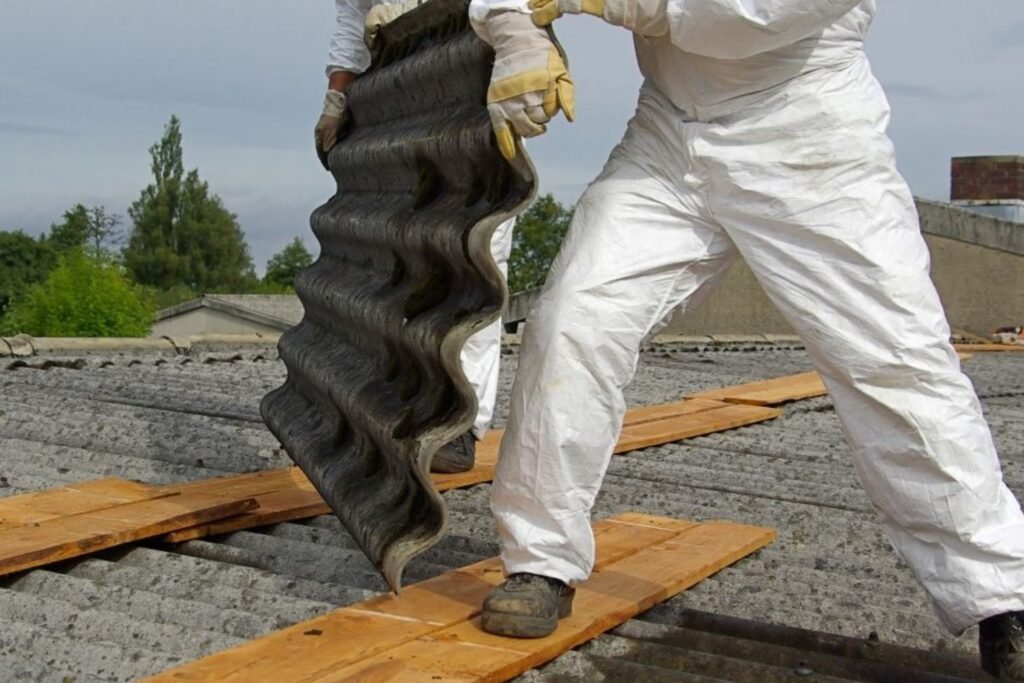
Choosing The Right Contractor For Asbestos Roof Removal In NZ
When it comes to asbestos roof removal, selecting the right contractor is not just a matter of convenience—it’s a critical decision that can impact the safety of your home and the health of its occupants. Here’s what you need to consider when making your choice:
Certification and Experience
Asbestos is a hazardous material, and its removal is a highly regulated process in New Zealand. It’s imperative to hire certified professionals who have specialized training and substantial experience in handling asbestos. Certified contractors have undergone rigorous training to understand the risks associated with asbestos removal and the proper methods to safely eliminate it from your property. Their expertise reduces the risk of asbestos fibers being released into the air, which can have severe health consequences if inhaled. When evaluating potential contractors, inquire about their specific experience with asbestos roof removal. A contractor who has successfully completed numerous projects similar to yours is likely to have the necessary skills to handle the job efficiently and safely.
Checking Credentials
Before you hire a contractor, it’s essential to verify their credentials. This means more than just asking for a business card; it involves doing your due diligence to ensure they comply with New Zealand’s stringent regulations regarding asbestos removal. Start by asking to see their certification and licensing documents. In New Zealand, asbestos removalists must be licensed by WorkSafe NZ, the regulatory body overseeing asbestos management. You can check a contractor’s license status on the WorkSafe website, which provides a list of licensed asbestos professionals. Additionally, verify that the contractor follows all safety protocols as mandated by the Health and Safety at Work (Asbestos) Regulations 2016. This includes having an asbestos management plan and using the correct personal protective equipment (PPE) during removal.
Getting References
One of the best ways to gauge a contractor’s reliability and quality of work is by checking their references. Don’t hesitate to ask the contractor for a list of past clients. Reach out to these clients to ask about their experience with the contractor, specifically focusing on the quality of work, adherence to timelines, and overall professionalism. In addition to personal references, it’s also wise to read online reviews. Websites like Google Reviews, Trade Me, and NoCowboys are great resources to see what others have said about the contractor’s services. Look for consistent feedback that highlights the contractor’s strengths and areas for improvement. A contractor with a solid reputation for quality work and excellent customer service is likely to meet your expectations.
Insurance and Guarantees
Asbestos removal is a high-risk job, and even with the most experienced contractor, there’s always a chance something could go wrong. This is why it’s crucial to ensure that the contractor you choose has adequate insurance coverage. At a minimum, they should have public liability insurance, which protects you if their work causes damage to your property or if someone is injured during the removal process. Ask the contractor to provide proof of insurance and take the time to understand the extent of their coverage. Additionally, a reputable contractor should offer a guarantee on their work. This guarantee serves as a promise that the work will be completed to a high standard and that any issues that arise after the job is finished will be addressed promptly. A guarantee provides peace of mind, knowing that the contractor stands behind their work and is committed to your satisfaction.
In conclusion, choosing the right contractor for asbestos roof removal in New Zealand is a decision that should not be taken lightly. By ensuring the contractor is certified, checking their credentials, obtaining references, and verifying their insurance and guarantees, you can feel confident that you’ve made the best choice for your property and your safety.
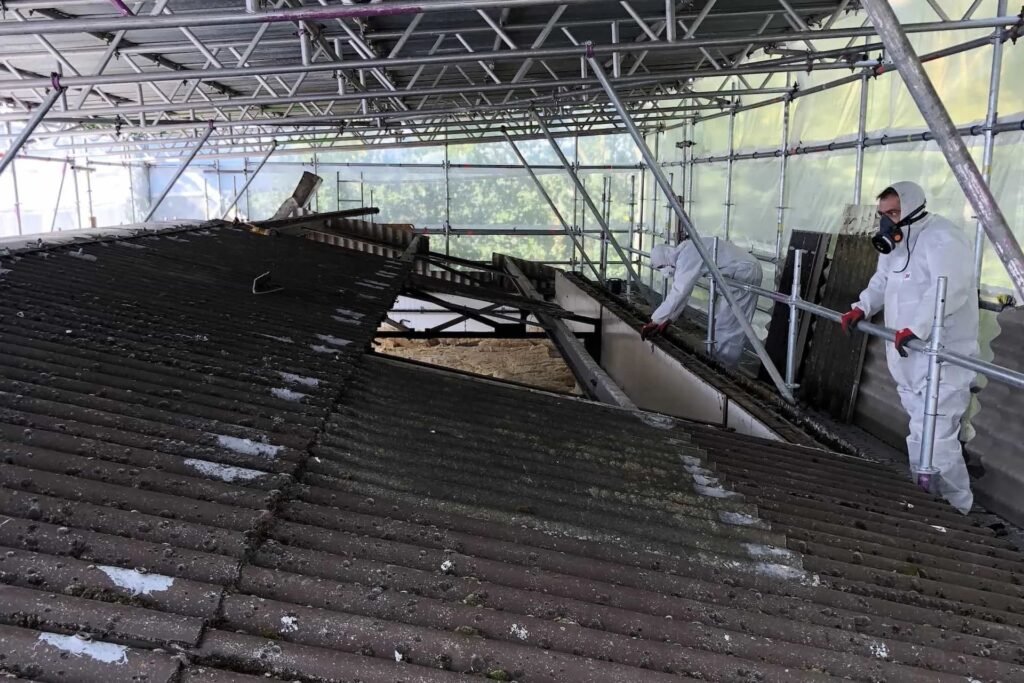
Additional Considerations And Hidden Costs
When planning for asbestos roof removal, it’s essential to keep in mind that the initial estimate may not capture every potential expense. Hidden costs can arise unexpectedly, and being aware of them can help you avoid unwelcome surprises down the line.
Potential Hidden Costs
Asbestos roof removal projects often involve more than just the straightforward task of removing and disposing of the hazardous material. For instance, unexpected damage to the underlying structure could be uncovered once the asbestos sheeting is removed. If the roof’s framework is found to be compromised, you may need to invest in repairs or even replacements before proceeding with a new roof installation. Additionally, if your home is older or the asbestos is more widespread than initially thought, the removal process could take longer and require more resources, thereby increasing labor costs.
Another factor to consider is the need for additional safety measures. Depending on the complexity and scale of the project, you may need to implement enhanced safety protocols, such as specialized equipment or additional containment procedures, which can also add to the overall expense. For properties in close proximity to neighbors, measures to prevent cross-contamination might be required, further raising costs.
Insurance Coverage
One of the first things to check when facing asbestos roof removal is whether your homeowners’ insurance offers any coverage for the process. Unfortunately, many standard policies do not cover asbestos removal, as it is often considered a pre-existing condition or a home improvement rather than a necessary repair. However, it’s crucial to read the fine print of your policy or speak with your insurance provider to understand what might be covered.
In some cases, policies may provide coverage if the asbestos was damaged due to a covered peril, such as a storm or fire. You might also want to check if your policy offers any assistance with the costs of repairs or replacements after the asbestos has been removed. Documenting the asbestos removal process and any related damage can be helpful if you need to file a claim.
Timing and Weather
The timing of your asbestos removal project can significantly impact both the cost and duration of the work. For example, attempting removal during the rainy season or in the colder months might not only slow down the process but could also lead to complications, such as water damage to exposed areas of your home. This could increase the likelihood of additional repairs and extended labor hours, which would inevitably drive up costs.
Conversely, scheduling the project during the drier months or ensuring that removal takes place over a period of consistently good weather can help mitigate these risks. Weather conditions are not just a concern for the physical removal process; they can also affect the availability of contractors, as many prefer to schedule outdoor projects during favorable weather. Planning ahead and choosing the right time for your project can save you from unnecessary delays and expenses.
In summary, while the initial cost estimate for asbestos roof removal gives you a baseline, it’s essential to anticipate and prepare for potential hidden costs. Reviewing your insurance coverage and carefully planning the timing of your project can help you manage the overall expense more effectively. By taking these additional considerations into account, you can ensure a smoother, more predictable asbestos removal process.
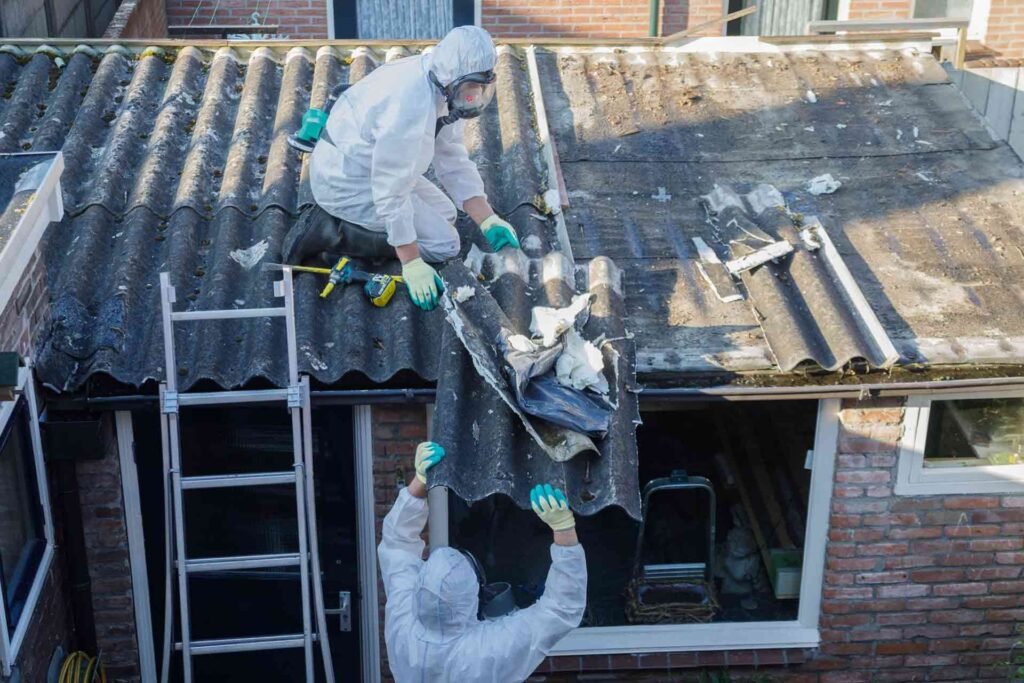
Tips For Minimizing Costs
When it comes to asbestos roof removal, keeping costs in check is crucial, especially considering the potential financial burden associated with the process. Here are some practical tips to help you minimize expenses without compromising on safety or quality.
Planning Ahead
One of the most effective ways to reduce costs is by planning ahead. Start by assessing your roof’s condition and the extent of asbestos contamination as early as possible. This allows you to create a realistic budget and timeline for the project. By having a clear plan in place, you can avoid last-minute decisions that often lead to higher costs. Additionally, early planning gives you the opportunity to shop around for contractors, compare quotes, and secure the best deal, ensuring you get value for your money.
Bundling Services
Another cost-saving strategy is to bundle services. If you’re already planning to replace your roof or carry out other home improvements, consider finding a contractor who can handle multiple tasks at once. Many contractors offer discounted rates when you bundle services such as asbestos removal and roof replacement. This approach not only saves you money but also streamlines the process, reducing the time and disruption to your home. It’s worth discussing this option with potential contractors to see how much you can save by combining services.
Government Assistance
In New Zealand, there are various government grants, subsidies, and assistance programs available that can help offset the costs of asbestos removal. It’s important to research these options to see if you qualify for any financial aid. For instance, certain programs are designed to assist homeowners with the safe removal of asbestos, particularly if it’s deemed a health hazard. Additionally, some local councils may offer rebates or incentives for asbestos removal as part of broader public health initiatives. Taking advantage of these programs can significantly reduce your out-of-pocket expenses, making the process more affordable.
By carefully planning, exploring bundling options, and tapping into available government assistance, you can effectively manage and minimize the costs associated with asbestos roof removal, ensuring that your project stays within budget while maintaining high safety standards.
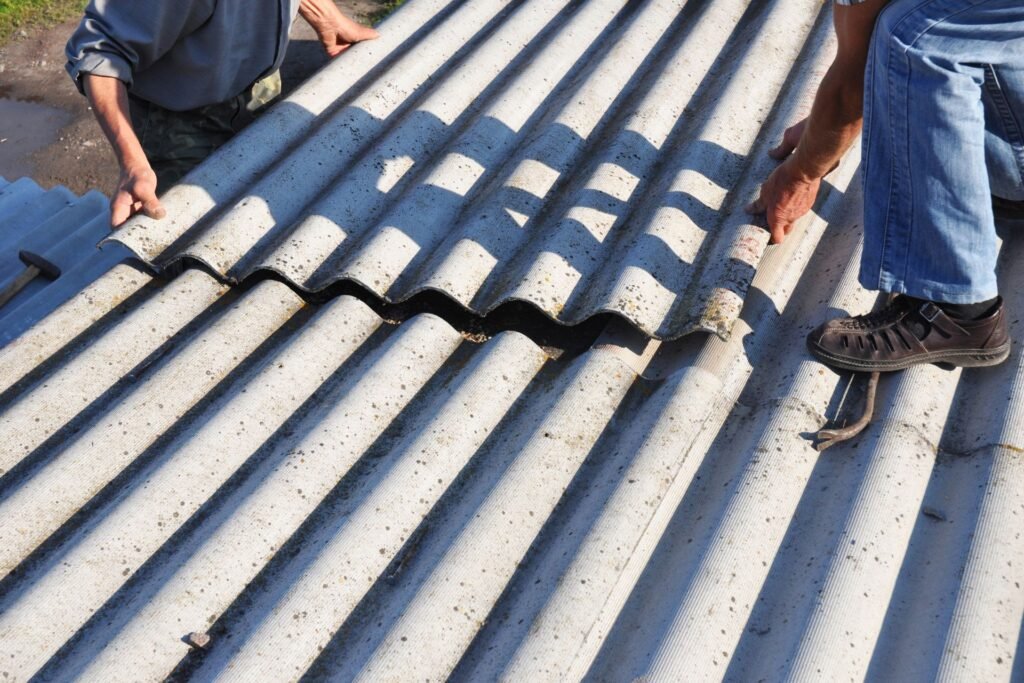
FAQs: About Asbestos Roof Removal Cost Per Square Meter NZ
What is the average cost of asbestos roof removal per square meter in New Zealand?
On average, the cost of asbestos roof removal in New Zealand ranges from $40 to $60 per square meter. This estimate includes labor, disposal fees, and necessary safety measures, but actual costs may vary depending on the complexity of the job and location.
Why is asbestos roof removal so expensive?
Asbestos roof removal is expensive due to the specialized safety procedures, equipment, and trained professionals required to handle the hazardous material safely. Additionally, disposal of asbestos is regulated, and proper disposal fees are included in the cost.
How long does asbestos roof removal take?
The duration of asbestos roof removal can vary depending on the size of the roof and the complexity of the job. Generally, a standard residential asbestos roof removal can take anywhere from a few days to a week, including preparation and post-removal inspections.
Can I remove asbestos roofing myself to save costs?
No, it is strongly advised against attempting to remove asbestos roofing yourself. Asbestos removal should only be carried out by certified professionals who are trained to handle and dispose of the material safely. Improper removal can pose serious health risks and legal consequences.
What factors affect the cost of asbestos roof removal?
Several factors influence the cost of asbestos roof removal, including the size and condition of the roof, accessibility, regional differences, the complexity of the job, and disposal fees. Additional costs may arise if unexpected issues are encountered during the removal process.
Is asbestos roof removal covered by insurance?
Homeowners’ insurance policies may cover asbestos roof removal, but it varies by policy. It’s essential to check with your insurance provider to understand what is covered and whether any exclusions apply. In some cases, asbestos removal may be part of a broader renovation or repair claim.
What happens to the asbestos material after removal?
After removal, asbestos material is carefully sealed and transported to a licensed disposal facility that is equipped to handle hazardous waste. The disposal process is regulated to ensure that asbestos is safely contained and does not pose a risk to public health or the environment.
How can I find a reliable contractor for asbestos roof removal in NZ?
To find a reliable contractor, look for companies that are certified and experienced in asbestos removal. Check their credentials, read customer reviews, ask for references, and ensure they comply with New Zealand’s regulations. It’s also wise to get multiple quotes to compare costs.
Can I stay in my home during asbestos roof removal?
In most cases, it is not recommended to stay in your home during asbestos roof removal due to the potential exposure to asbestos fibers. Your contractor will advise you on the best course of action, which may include temporarily relocating until the removal is complete and the area is deemed safe.
Are there any government grants or assistance programs for asbestos roof removal in New Zealand?
There may be government grants or assistance programs available to help cover the costs of asbestos roof removal in New Zealand, particularly for low-income households or specific regions. It’s advisable to check with local authorities or government websites for the most up-to-date information.
Conclusion
In conclusion, when considering asbestos roof removal, it’s crucial to prioritize both safety and compliance with New Zealand regulations. This blog post has highlighted the key aspects of understanding the costs involved, emphasizing that professional removal is not only essential for ensuring a safe process but also for protecting the value of your property. Before proceeding, it’s highly recommended to seek a professional assessment and gather multiple quotes to make an informed decision. Ultimately, the safety of your home and adherence to legal requirements should be the guiding factors in any asbestos removal project.
About the Author:
Mike Veail is a recognized digital marketing expert with over 6 years of experience in helping tradespeople and small businesses thrive online. A former quantity surveyor, Mike combines deep industry knowledge with hands-on expertise in SEO and Google Ads. His marketing strategies are tailored to the specific needs of the trades sector, helping businesses increase visibility and generate more leads through proven, ethical methods.
Mike has successfully partnered with numerous companies, establishing a track record of delivering measurable results. His work has been featured across various platforms that showcase his expertise in lead generation and online marketing for the trades sector.
Learn more about Mike's experience and services at https://theleadguy.online or follow him on social media:
